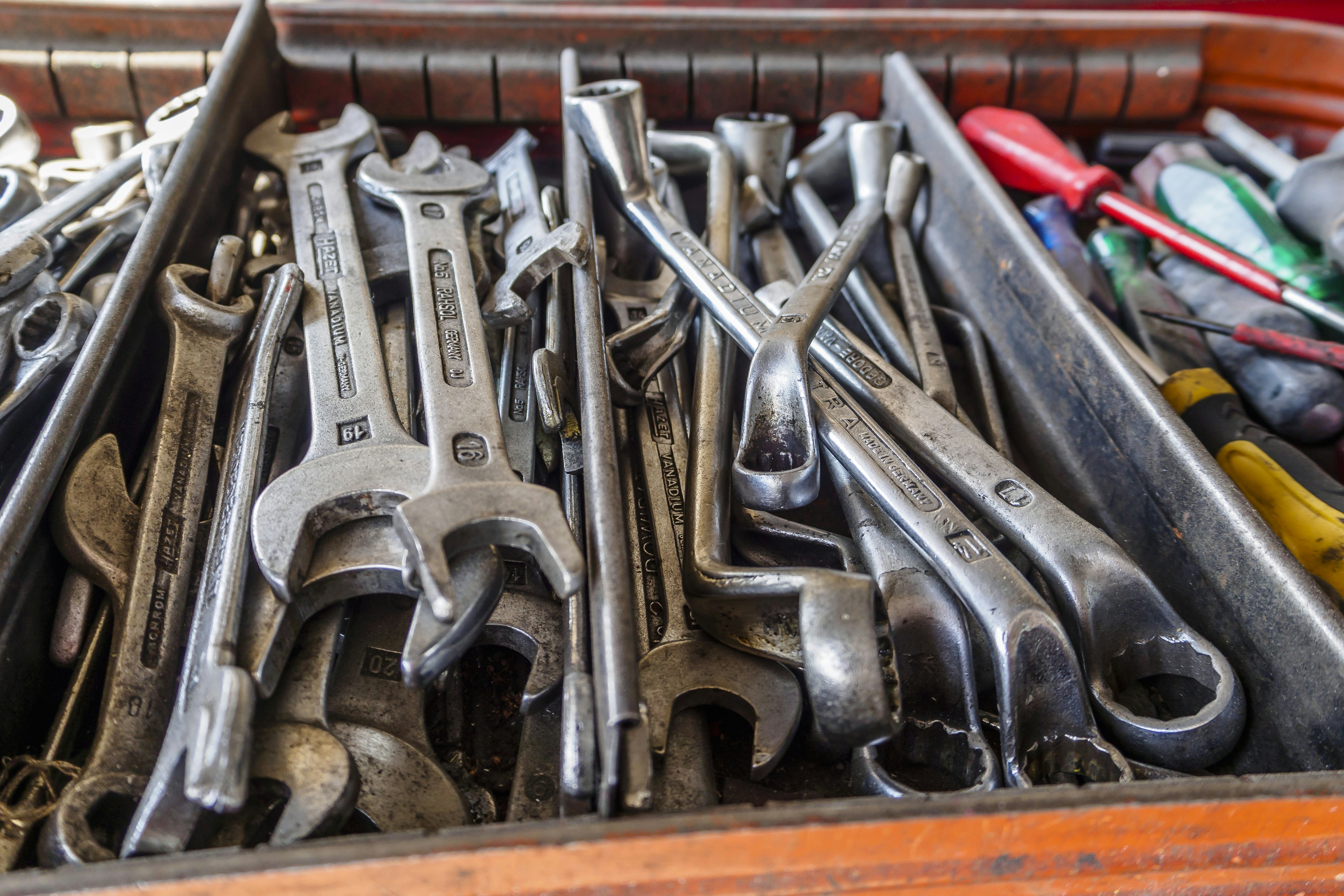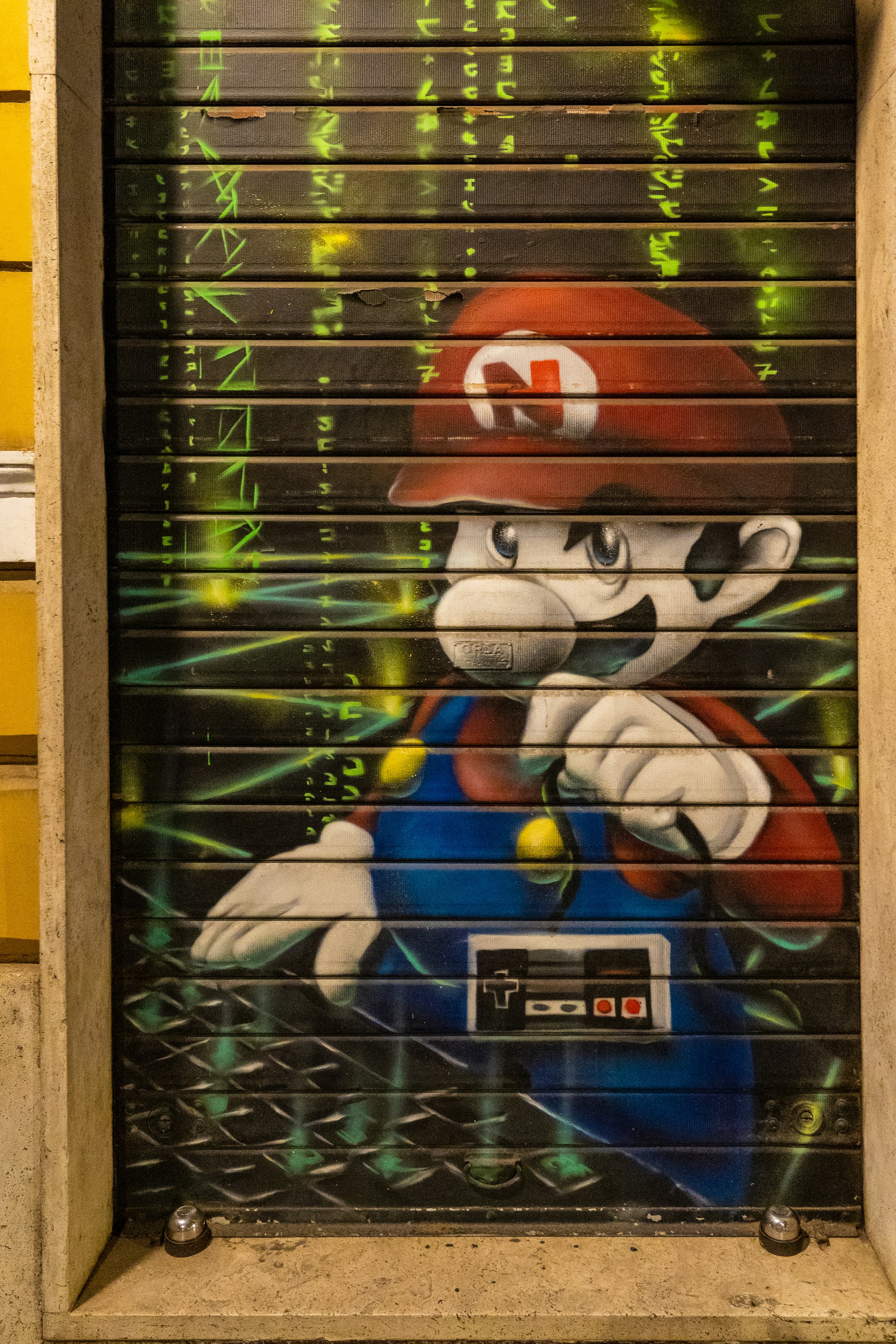Introduction
Plumbing is an essential aspect of any building structure, providing the necessary infrastructure for water supply, drainage, and sewage disposal systems. Over the years, there have been significant advancements in plumbing technology, with innovations aimed at improving efficiency, safety, and sustainability. This study explores the latest developments in plumbing technology and their impact on the industry.

1. Smart Plumbing Systems
One of the most notable advancements in plumbing technology is the integration of smart systems. Smart plumbing systems use sensor technology and connectivity to monitor water usage, detect leaks, and optimize water flow. These systems can be controlled remotely through a smartphone or computer, allowing for real-time monitoring and adjustments. Smart plumbing systems not only enhance convenience for homeowners but also help in water conservation efforts.
2. Water-Efficient Fixtures
Another major development in plumbing technology is the proliferation of water-efficient fixtures. Low-flow toilets, faucets, and showerheads are designed to minimize water consumption without compromising performance. These fixtures are not only environmentally friendly but also help homeowners save on their water bills. Additionally, advancements in water-efficient fixtures have led to the development of innovative designs that add aesthetic appeal to bathrooms and kitchens.
3. Green Plumbing Solutions
As sustainability becomes increasingly important in the construction industry, green plumbing solutions have gained traction. Green plumbing focuses on minimizing the environmental impact of plumbing systems by using eco-friendly materials, reducing water waste, and promoting energy efficiency. Renewable energy sources, such as solar blinds-powered water heaters, are being integrated into plumbing systems to reduce reliance on fossil fuels. Green plumbing solutions not only benefit the environment but also contribute to long-term cost savings for homeowners.
4. Advanced Pipe Materials
Advancements in material science have led to the development of new pipe materials that offer improved durability, longevity, and corrosion resistance. High-density polyethylene (HDPE) pipes, for example, are increasingly being used in plumbing applications due to their flexibility, resistance to chemicals, and reduced risk of leaks. PEX piping is another innovative material that is gaining popularity for its flexibility and ease of installation. These advanced pipe materials not only improve the performance of plumbing systems but also reduce maintenance costs over time.
5. Water Purification Systems
With concerns about water quality on the rise, water purification systems have become an important feature in modern plumbing technology. Reverse osmosis filtration systems, UV disinfection systems, and water softeners are examples of technologies that ensure clean, safe drinking water in homes and buildings. These systems remove contaminants, bacteria, and minerals from tap water, providing peace of mind to homeowners about the quality of their drinking water.
Conclusion
The plumbing industry is evolving rapidly, driven by technological advancements that improve efficiency, sustainability, and user experience. Smart plumbing systems, water-efficient fixtures, green plumbing solutions, advanced pipe materials, and water purification systems are some of the key innovations that are shaping the future of plumbing technology. By embracing these advancements, stakeholders in the industry can create more sustainable and resilient plumbing systems that benefit both individuals and the environment.

